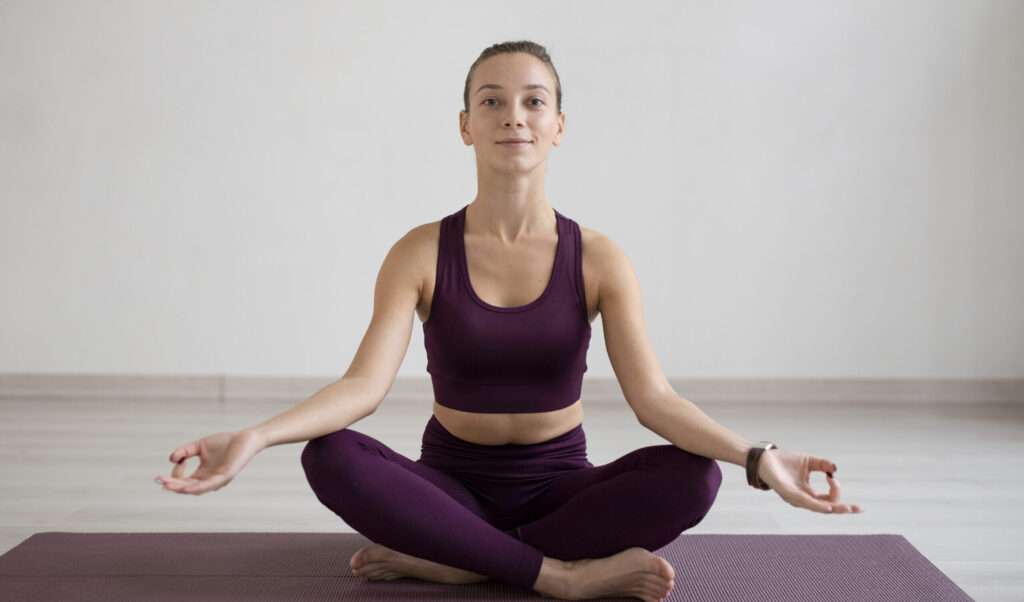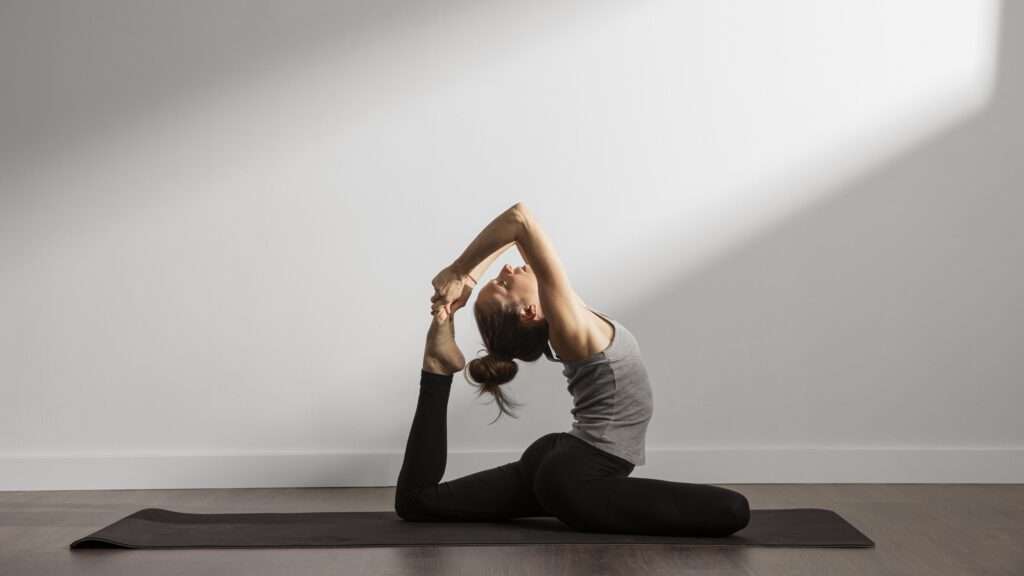Finding balance and inner peace can be challenging in today’s fast-paced world. However, the practice of yoga has been providing solace and rejuvenation for centuries. To delve deeper into how yoga contributes to mindfulness and well-being, we sat down with renowned yoga instructor Anjana Choudhary. With years of experience in teaching and practicing yoga, Anjana Choudhary offers valuable insights into how yoga can be a transformative tool for mental and physical health.
Table of Contents
ToggleQ: Can you start by telling us a bit about your background and how you came to practice yoga?
A: Absolutely! My yoga journey began over a decade ago when I was looking for ways to manage stress and improve my overall health. I was drawn to yoga because of its holistic approach to wellness, combining physical postures with breath control and meditation. After experiencing the profound impact it had on my life, I decided to pursue formal training and become an instructor to help others find the same benefits.
Q: Yoga is often associated with physical fitness, but how does it contribute to mindfulness and overall well-being?
A: Yoga is indeed known for its physical benefits, such as increased flexibility, strength, and balance. However, its impact on mindfulness and well-being is equally profound. Through practices like mindful breathing, meditation, and deliberate movement, yoga helps individuals cultivate a deeper awareness of their thoughts, emotions, and bodily sensations. This increased self-awareness fosters a sense of inner calm and helps manage stress more effectively.
Q: Can you explain what mindfulness means in the context of yoga and how it is practiced?

A: Mindfulness in yoga refers to being fully present in the moment and paying attention to one’s internal and external experiences without judgment. This practice involves focusing on the breath, observing thoughts and emotions as they arise, and being attentive to the sensations in the body during asanas (yoga poses). Incorporating mindfulness can help practitioners become more self-aware and connected to themselves, which can improve their general wellbeing.
Q: How do you incorporate mindfulness into your yoga classes?
A: In my classes, I emphasize the importance of starting with a few moments of stillness and deep breathing. This helps set the tone for the session and allows students to transition from their busy day into a more focused state of mind. Throughout the class, I guide students to remain aware of their breath and body alignment, encouraging them to listen to their bodies and make adjustments as needed. I also integrate short meditation practices to help deepen their sense of presence and calm.
Q: Many people struggle with incorporating mindfulness into their daily lives. Do you have any tips for those who want to practice mindfulness outside of yoga?
A: Absolutely! Mindfulness can be practiced in every day activities by bringing your full attention to whatever you’re doing. Whether it’s eating, walking, or even washing dishes, try to engage with the experience fully and observe the sensations, smells, and textures involved. Additionally, setting aside a few minutes each day for mindful breathing or meditation can help reinforce this practice and make it a more natural part of your routine.
Q: How has your practice of yoga influenced your own well-being and daily life?

A: Yoga has been a cornerstone of my well-being. It has provided me with tools to manage stress, stay grounded, and maintain a positive outlook. Personally, yoga has taught me to approach challenges with a sense of equanimity and to find moments of peace amidst the chaos of daily life. The practice has also strengthened my sense of self-awareness and helped me cultivate a more compassionate and balanced approach to living.
Q: What advice would you give to someone new to yoga who is seeking to improve their mindfulness and well-being?
A: Start with an open mind and be patient with yourself. Consistent practice is key to achieving progress in yoga. Find a class or instructor that resonates with you and take the time to explore different styles and techniques. Remember, mindfulness is about being present and accepting where you are, so approach your practice with curiosity and kindness towards yourself.
Q: Is there anything else you’d like to share about the benefits of yoga for mindfulness and well-being?

A: Yoga is a powerful tool for enhancing mindfulness and well-being, but its benefits extend far beyond the mat. It encourages a lifestyle of balance, self-care, and conscious living. Embracing yoga can lead to greater resilience, emotional stability, and a deeper connection to oneself. Whether you’re new to yoga or a seasoned practitioner, it’s a valuable practice that can enrich your life in countless ways.
Conclusion
Our conversation with Anjana Choudhary highlights the profound connection between yoga, mindfulness, and overall well-being. By integrating mindfulness practices into daily life through yoga, individuals can experience enhanced self-awareness, reduced stress, and a greater sense of inner peace. As Anjana Choudhary reminds us, the journey of yoga is one of continual growth and self-discovery, offering invaluable tools for living a more balanced and fulfilling life.
